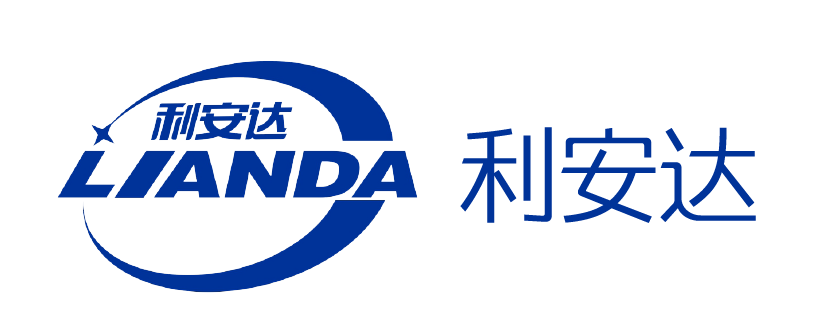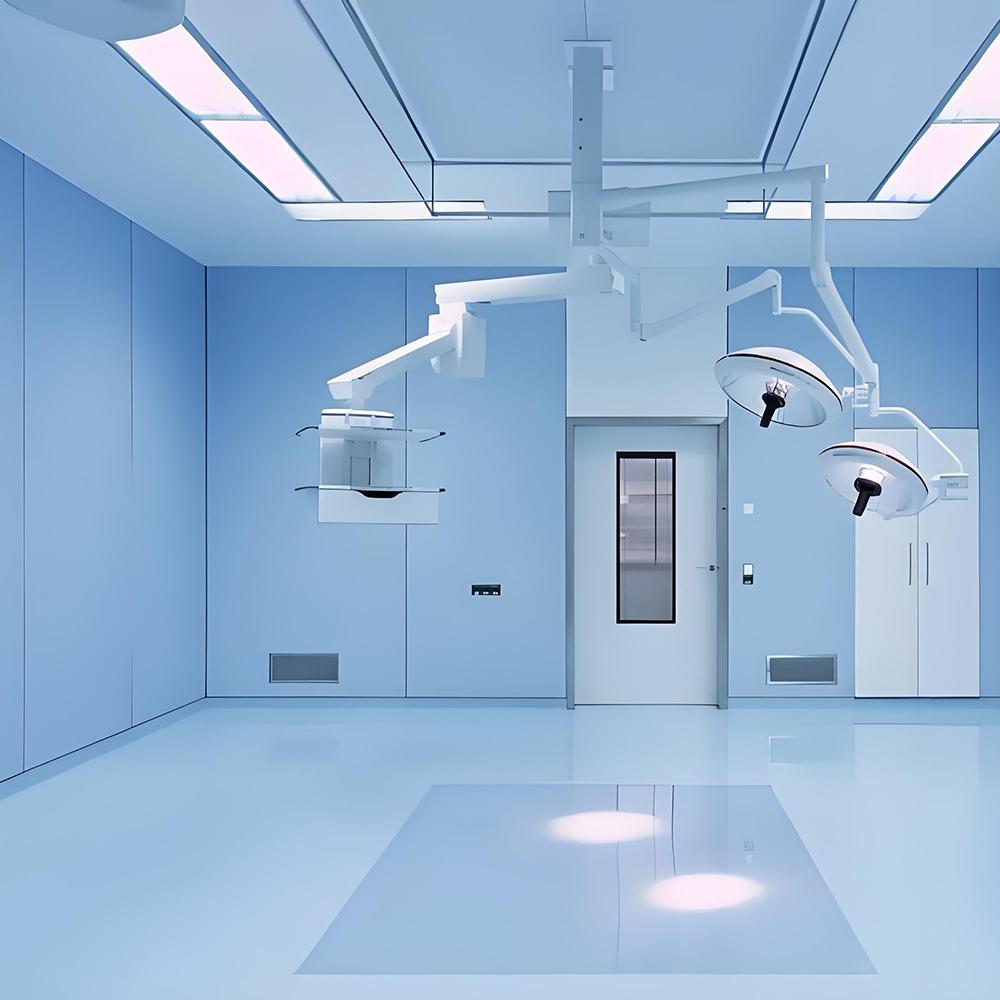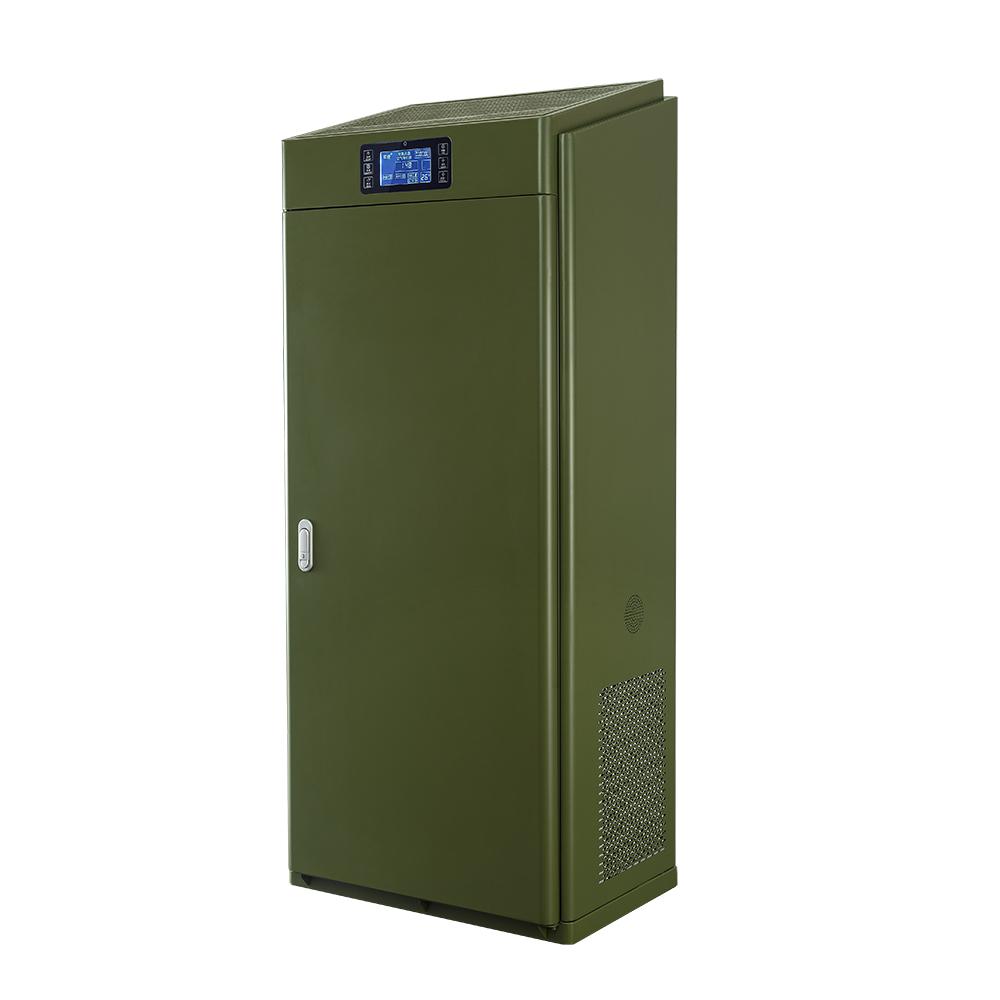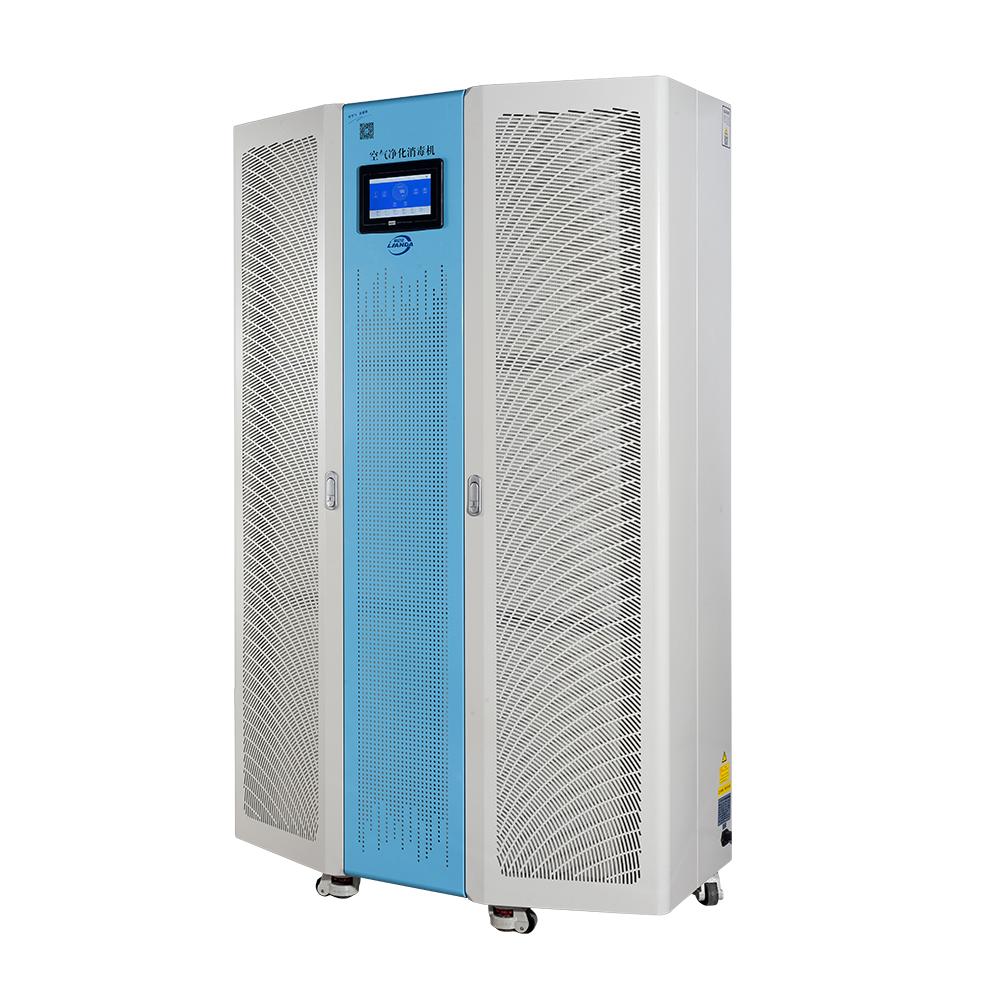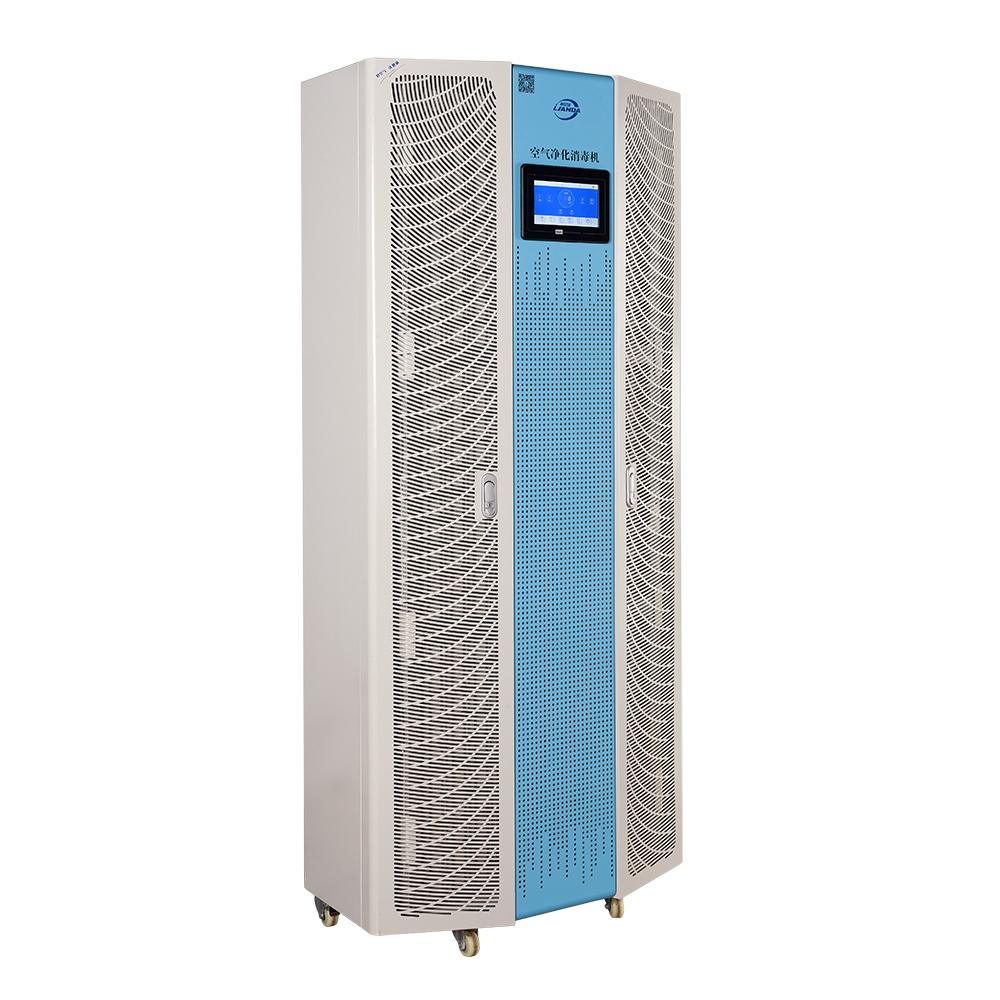Commercial air purifiers: the "invisible guard" revolution in China's public places
In the waiting hall of Shenzhen Futian High-speed Railway Station, 32 embedded air purification units are operating continuously at a processing capacity of 120,000 cubic meters per hour. These devices developed by the Chinese Academy of Sciences team keep the PM2.5 concentration stable below 35μg/m3. This scene reflects the profound changes in China's commercial air purifier market - the former emergency equipment is evolving into the standard configuration of urban infrastructure. The 2023 industry white paper shows that the market size of China's commercial air purification equipment has reached 12.7 billion yuan, with an average annual compound growth rate of 18.6%.
1. Transformation from emergency equipment to standard configuration
Research data from the Chinese Center for Disease Control and Prevention show that the respiratory cross-infection rate in pediatric clinics of hospitals equipped with air purification systems has dropped by 23.6%. This significant effect has driven the coverage rate of purification equipment in medical institutions from 41% in 2018 to 79% in 2022. Changes in the education sector are even more rapid. All public schools in Beijing's Haidian District will be fully covered with purification equipment before the winter of 2020, reducing the daily average PM2.5 in classrooms by 82% compared to the outdoor level.
Breakthroughs in smart IoT technology have reshaped the equipment management model. The VOC sensor network of the Shanghai World Financial Center can track 327 air quality monitoring points in real time and automatically adjust the purification intensity of different areas. This dynamic purification system reduces energy consumption by 37% and extends the filter replacement cycle by 1.8 times, solving the operating cost dilemma of large venues.
2. Technology iteration drives scene revolution
Medical-grade purification equipment has evolved pathogen capture functions. The operating room purification system of the First Affiliated Hospital of Sun Yat-sen University in Guangzhou uses plasma cluster technology to inactivate 99.97% of influenza A viruses. Desktop-level nanofiltration devices have appeared in educational scenarios. Experiments at a key middle school in Chengdu showed that this equipment can reduce the PM0.3 concentration in the desk microenvironment by 95%.
The technological breakthroughs in the field of rail transit are more representative. The tunnel air purification system of Nanjing Metro uses a combination of electrostatic dust removal and photocatalytic oxidation technology to control the PM2.5 concentration of the platform within the WHO transition target level 3 standard. This three-dimensional purification network makes the subway system a "regulating valve" for urban air quality.

3. Market reconstruction and value fission
The industry is undergoing a transformation from equipment sales to air services. The "purification as a service" model adopted by a commercial complex in Hangzhou, where enterprises pay according to the actual purification volume, reduces the initial investment by 60% and increases the equipment utilization rate to 92%. The service-oriented transformation has spawned derivative formats such as air quality insurance. The air quality warranty service purchased by an office building in Qianhai, Shenzhen, directly links the purification effect with the insurance premium rate.
The trend of equipment manufacturers transforming into data service providers is obvious. A brand in Qingdao has provided pollution tracing services to urban planning departments through the air quality database accumulated by 300,000 networked devices. This value extension has increased the company's gross profit margin from 28% in traditional manufacturing to 63% in data services.
Standing at the historical intersection of "Healthy China 2030" and "Dual Carbon Goals", commercial air purifiers are breaking through the narrow scope of environmental governance. The ecological purification system of Beijing Daxing International Airport can fix 180 tons of carbon each year through the synergy of plant walls and mechanical purification. This practice of "breathing architecture" indicates that air purification technology will leap from public health protection to ecological value creation. When every public place becomes an "incremental node" for air quality, this silent technological revolution is reshaping the environmental governance paradigm of Chinese cities.
